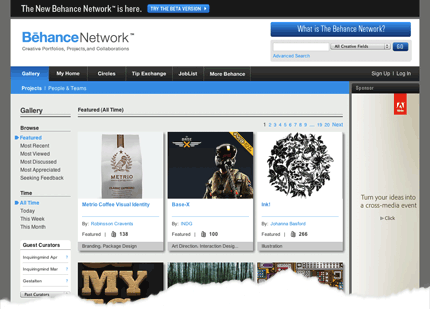Put Your Portfolio Online
Tom Osborne, Former VP, Design
Article Category:
Posted on
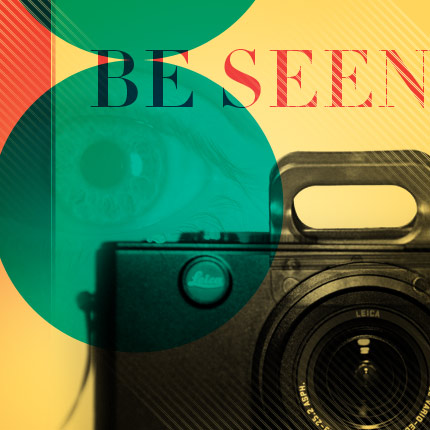
Open letter to design educators and students:
Hopefully this doesn't come across as too much of a rant. OK, OK, it is. But I only want to help. So pretend you're listening to Andy Rooney from 60 Minutes and hear me out. If you don't know who Mr. Rooney is, he's the curmudgeonly guy with wayward eyebrows and long ear hair that comes on in the last few minutes of the show. Now you know. Here's the deal. I've been seeing a lot of portfolios lately through reviews and submissions of intern candidates. It still boggles my mind how many students don't have their work online. This isn't directed just at future web designers. This plea goes out to all future design professionals.
Issues:
<rooney>Did you ever notice that there's a strong focus on "the book" that's being taught at the college level for design portfolios. It's a bit of an old mentality in my mind. It stems from advertising and print where you want to stand out from the crowd by making a really creative physical portfolio to exhibit your work. Sometimes coupled with this is the trend of designers learning to make portfolio web sites as their first or second foray into HTML/CSS/JS. By starting there, the online portfolio isn't quite what it could be. There's too much time spent trying to learn code and come up with a fancy idea when the most important thing is showing off the amazing body of work the students are beginning to develop. That said, in many cases the web classes fall late in the curriculum - senior year, last semester. The good thing is that there's already a body of work to pull from. The bad is that it makes the idea of pursuing a career in web design scary. Why wait for a "book" or custom website to show off the work? Students should know about portfolio services in their very first design class so that they can add to it as they progress. </rooney>
Suggestions for Students:
- Put your work online as you complete it.
I suggest starting with a portfolio service (see options below) just to get your project work online. It may not stand out from the crowd in terms of the presentation or interactions but that's ok. It's your work that should stand out first and you can worry about the unique portfolio concept later. There are many free or inexpensive options that have nicely designed themes for designers. I'm fairly confident in saying it will be more cost effective than that expensive portfolio case you were thinking of buying or making. Getting your work online will provide opportunities for it to be seen and for you to get feedback to make alterations if you so choose. Most importantly, it will provide more opportunities for things like internships which should prove to be the single-most important thing you can do land a job when you graduate. - Make an online portfolio later.
Now that people can access your work easily you can concentrate on a unique online portfolio. Learn HTML/CSS/JS and how it can be used to present your work. There are simple things you can do and certainly more advanced options for those inclined. This is especially important if you're looking for a career in web design as it shows you are skilled, knowledgeable, creative, and one-of-a-kind. - Prune it as you go along.
Over time you should realize that some of your projects aren't as good as you once thought. I suggest getting to a point where you remove a project for every one you add. Try to show fewer screens of your best work than just any old thing you created. Additionally, once you figure out your interests (print, web, video, etc.), tailor the portfolio accordingly. A smattering of things here and there can be confusing unless you think there is a connection and can speak well to the differences. - It doesn't matter if you're a print designer, a web designer, or something else.
Just get the work online. You can still have a "book" for the in-person interviews but the hardest part is just getting in the door. It used to be that a creative résumé sent in the mail would win you an interview where you could show off your work. Now, we want to see your portfolio before we even talk to you. A thoughtful email with a link to your work is all that is needed. If the work is good enough, your future employer will bite. - No excuses.
It couldn't be easier. All you need is a digital camera (or screen shots) and a URL. Here are a few options:
Portfolio Services:
Behance
The creators of the fabulous Action Method offer a great way to connect through their Creative Professional Network. Members can "like" your best work so that it bubbles to the top.
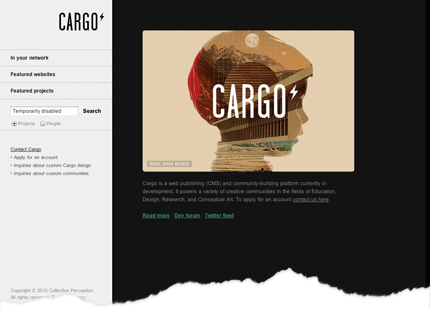
Cargo Collective
Offers more customization through light knowledge of HTML/CSS. Recommended for those that want to stand out but don't want to spend too much time coding. Also, it bolsters a community of top shelf designers.
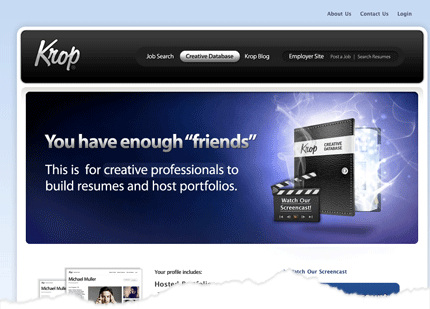
Krop
A simple and elegant way to get your work online quickly. Recommended as a great place to start. Krop also provides substantial job listings.
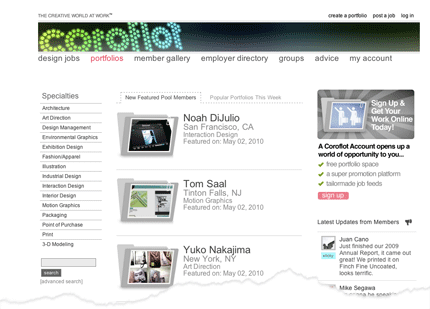
Coroflot
Not quite as elegant as Krop but equally powerful. Their "employer directory" includes top agencies like Landor Associates, frog design, and Smart Design.
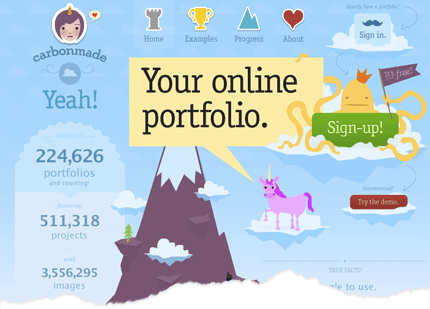
Carbonmade
Like Krop, Carbonmade has elegant themes backed by a whimsical brand.
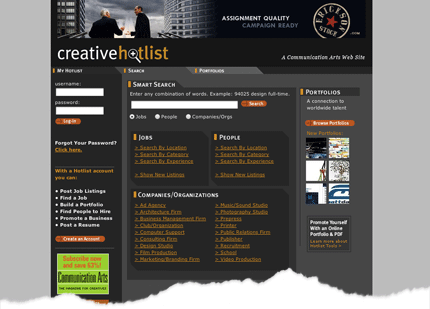
Creative Hotlist
One of the originals. Close ties with Communication Arts magazine have sustained the hotlist over time.
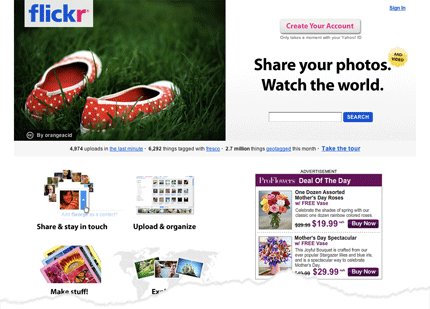
Flickr
At the very least you can set up a Flickr account to upload your designs. Flickr is known for it's photography community but many use it also for design.
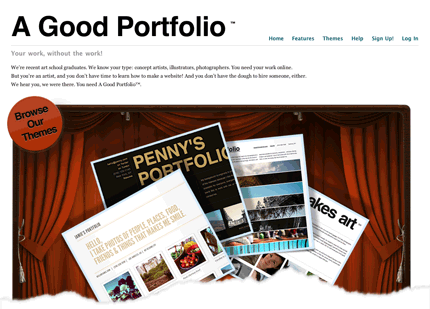
A Good Portfolio
Creative and unobtrusive theme options for web newbies as well as custom options for aficionados.
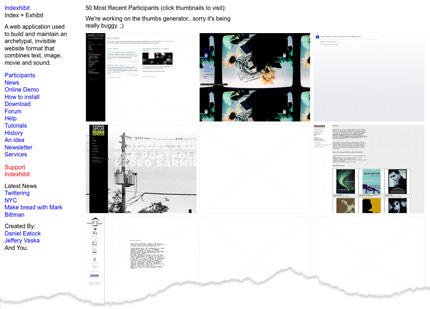
Indexhibit
Similar to Cargo Collective in that the templates are portfolio ready and easy to customize.
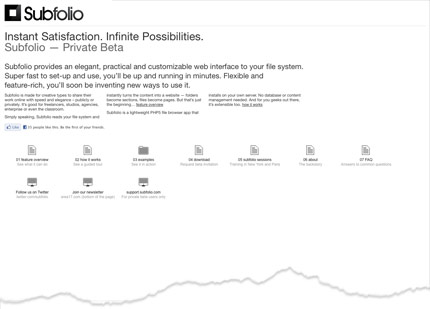
Subfolio
Subfolio is more of a file system than a porfolio service but it becomes a super simple way to make your work available online. Simply upload a folder full of images and quickly "folders become sections, files become pages".
Extra Credit:
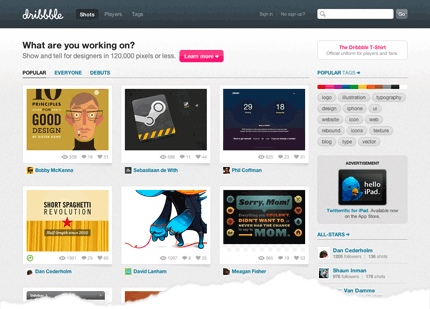
Dribbble
More and more designers are turning to Dribbble to share snippets of work in progress. I see this as a great playground for design students. Share pieces of your work and get near instant feedback from fellow students and the extended Dribbble community. I wish this existed when I was in art school.
More Resources for Students:
At Viget, we feel passionate about this subject which is why we've offered similar advice in the past. For more like this, try these articles:
- Finding a Job in the Design Field
- Advice, Trends, and Resources for People Entering Web Careers in 2009
- Let Your Portfolio Do the Talking
Note
As I was writing this, University of Florida Graphic Design Professor Brian Slawson (a former professor of mine) posted links of some of his Spring 2010 graduating senior portfolios. It appears that they are using highly recommended Cargo Collective (see above) to host their portfolios. This is exactly what I'm talking about. I couldn't have been more excited about that revelation. If only my portfolio looked as good as these do when I was starting out.
So there you have it. Go forth. Do what Laila, Anika, and Steph did with their portfolios. Then give your future employer a shout to let them know you are ready.
Updates
- May 06, 2010: A Good Portfolio added to portfolio services.
- June 17, 2010: Indexhibit added to portfolio services.
- June 21, 2010: Subfolio added to portfolio services.
If you liked this article you may want to read the follow-up: "Academically Speaking: An Interview with Brian Slawson, Design Professor"
